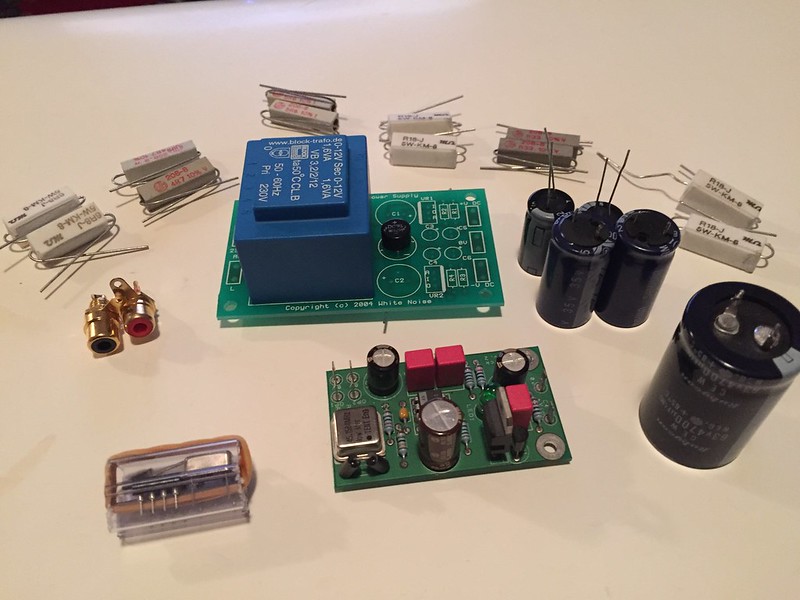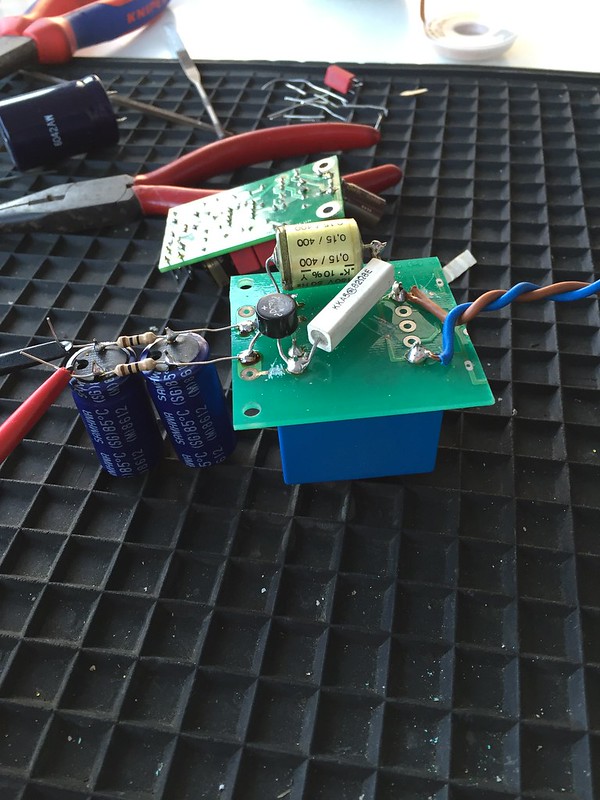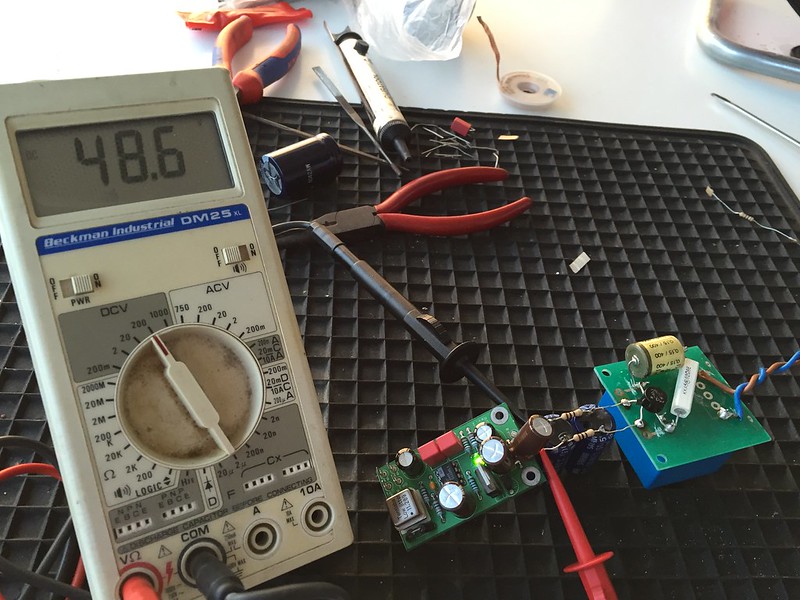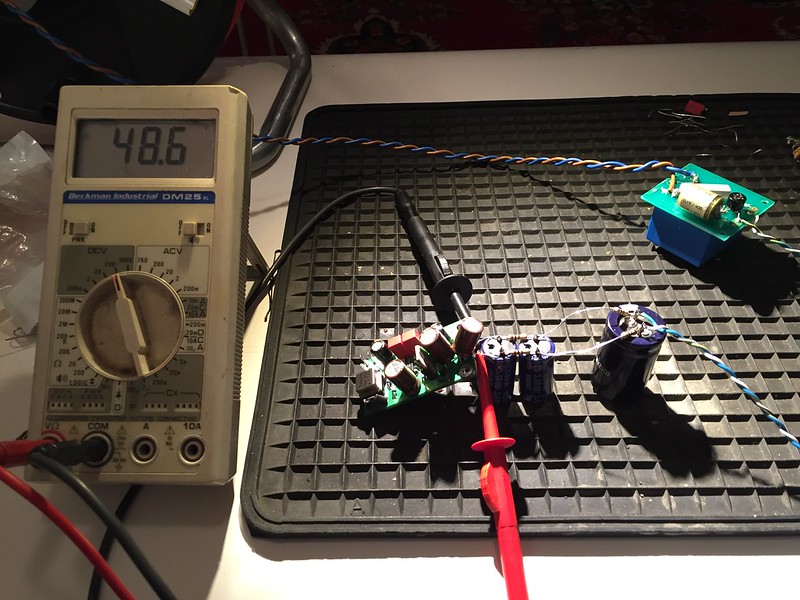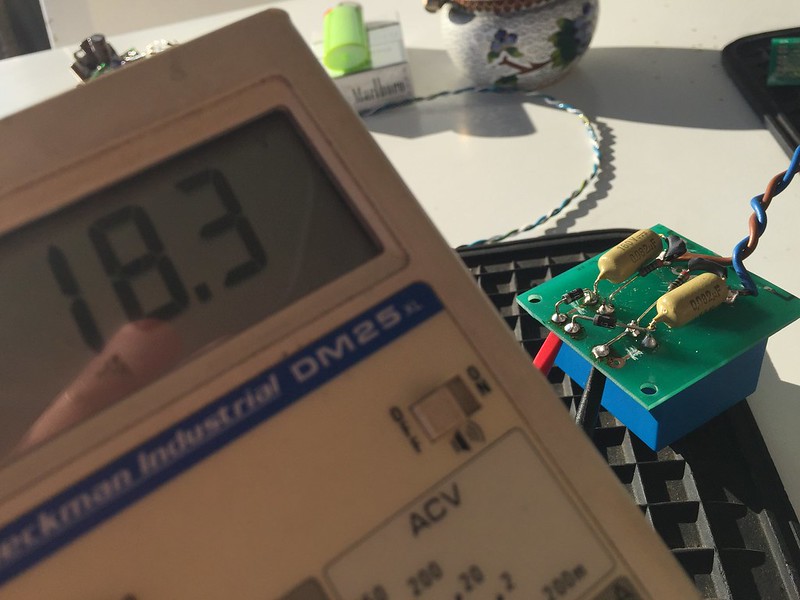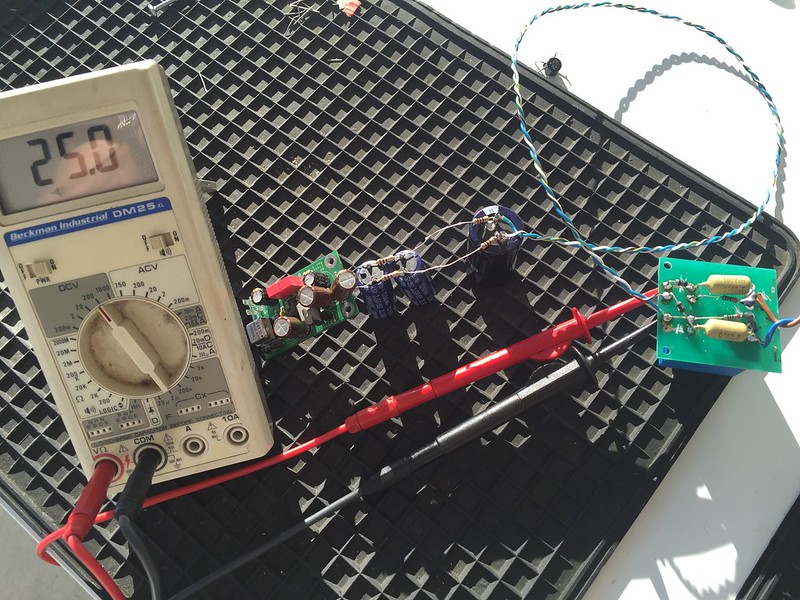martin clark
pinko bodger
You can run the resulting 35vDC or so straight in if you ensure the first cap has a suitable rating. Burning a bit off using CRCRC after your rectifier would certainly do no harm (R of the order of 10ohms or more just fine) . the small 1.6VA transformer is all you need is since the flea will only draw 15-20mA (0.7Va at 35vDC) when running.


